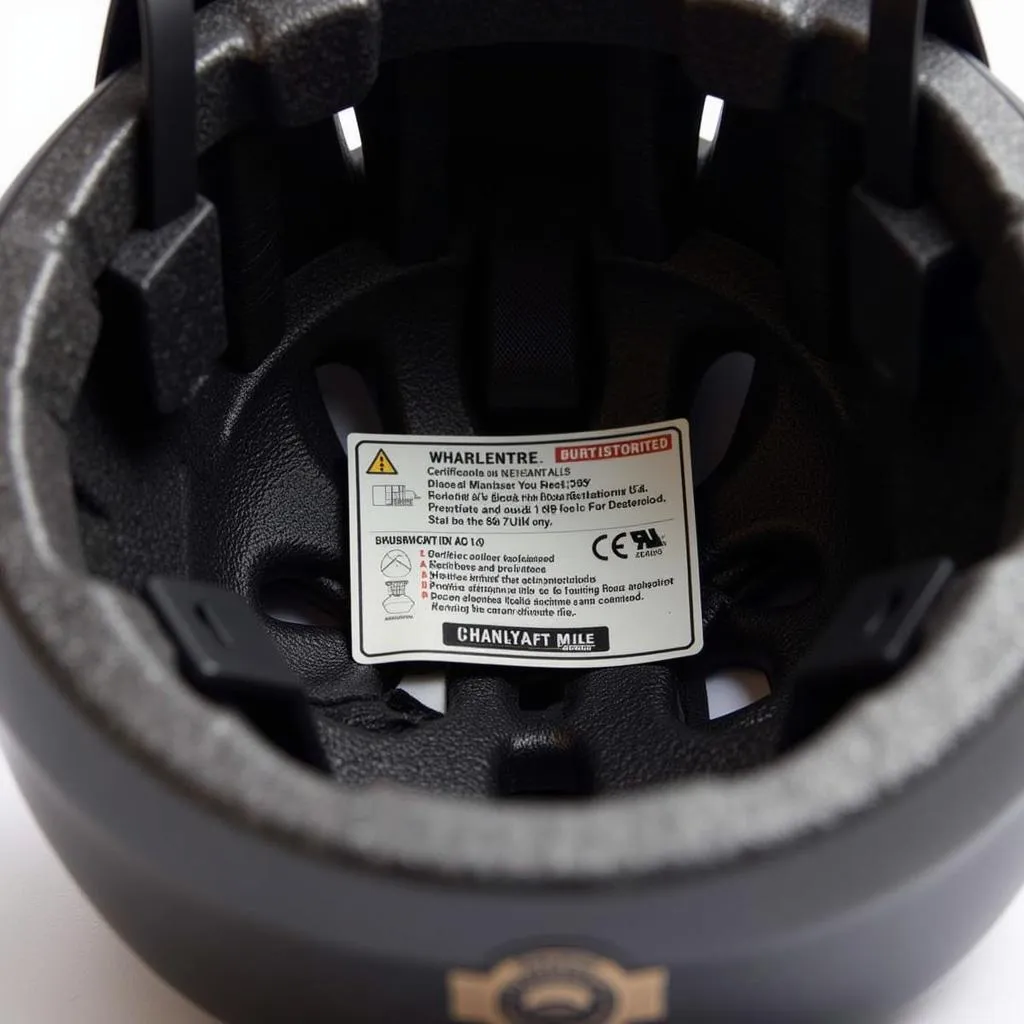Bike Helmet Color: Does It Really Matter?
October 9, 2024When you’re choosing a bike helmet, safety is obviously your top priority. But after you’ve found a helmet that fits well and meets safety standards, you might start thinking about style – and that’s where Bike Helmet Color comes in. While it might seem like a purely aesthetic choice, the color of your helmet can actually play a subtle role in your overall visibility and safety on the road.
The Visibility Factor: Why Brighter is Often Better
 Bright Bike Helmets on Display
Bright Bike Helmets on Display
While all helmets are designed with some degree of visibility in mind, brighter colors naturally stand out more against the backdrop of the road and surrounding environment. This can be especially important in low-light conditions, such as dawn, dusk, or overcast days.
Think about it: a bright yellow or neon green helmet is much easier for drivers to spot than a dark gray or black one, especially from a distance. This increased visibility can give drivers those crucial extra seconds to react and adjust their driving accordingly, potentially preventing an accident.
Beyond Brightness: Other Factors to Consider
 Cyclist with White Helmet in Sunlight
Cyclist with White Helmet in Sunlight
While bright colors often get the most attention when it comes to visibility, there are other factors to consider:
- White: While not as attention-grabbing as neon colors, white helmets can be surprisingly visible, especially in bright sunlight.
- Reflective elements: Many helmets, regardless of their base color, incorporate reflective stickers or detailing. These elements dramatically increase visibility at night by reflecting light from car headlights.
- Contrasting colors: Choosing a helmet with contrasting colors or patterns can also help you stand out. For example, a helmet with a black base and white stripes will be more noticeable than a solid black helmet.
Safety Standards and Certification: What Really Matters
 Bike Helmet Safety Label
Bike Helmet Safety Label
It’s crucial to remember that while color plays a role in visibility, the most important factor is choosing a helmet that meets recognized safety standards. Look for helmets that are certified by organizations such as:
- CPSC (Consumer Product Safety Commission): In the United States, the CPSC sets safety standards for bike helmets.
- EN 1078: This is the European safety standard for bike helmets.
- AS/NZS 2063: This is the Australian/New Zealand standard.
Always prioritize a helmet’s safety features and certification over its color or style.
Conclusion: Finding the Right Balance
When choosing a bike helmet color, prioritize visibility and safety. Bright colors, contrasting patterns, and reflective elements can all enhance your visibility on the road. However, never compromise on safety certifications and fit for the sake of style. A well-fitting, certified helmet in a color that makes you feel confident and visible is always the best choice.
FAQ
- Does a matte finish on a bike helmet affect visibility? Matte finishes are less reflective than glossy finishes, which might slightly reduce visibility in low light.
- Are there any colors to avoid for bike helmets? Darker colors like black, navy, or dark green might offer lower visibility compared to brighter options.
- Can I add reflective tape to my bike helmet? Absolutely! Adding reflective tape is a great way to boost your helmet’s visibility, especially at night.
Need Help?
If you need assistance choosing the perfect bike helmet, don’t hesitate to reach out! Contact us at Phone Number: 0915117113, Email: [email protected] or visit us at Tổ 3 Kp Bình An, Phú Thương, Việt Nam, Bình Phước 830000, Việt Nam. Our dedicated customer support team is available 24/7.